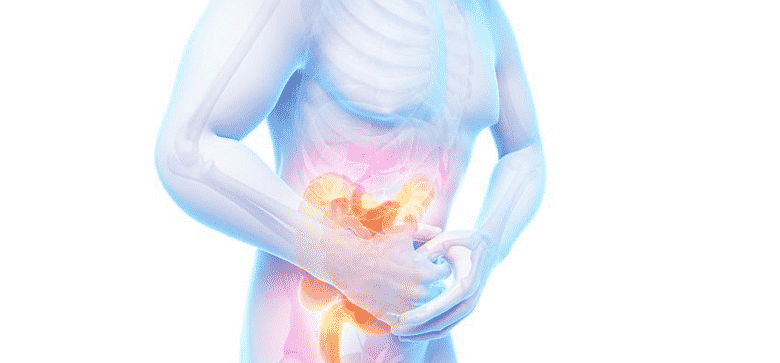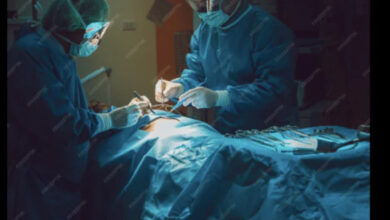ERCP: Procedure, Surgery & Complications – Explained by AMRI Hospitals’ Gastroenterologists

Kolkata, West Bengal : Endoscopic Retrograde Cholangiopancreatography (ERCP) is a diagnostic procedure used to examine or treat diseases of the digestive system (liver, bile ducts, pancreas, etc). ERCP is advised when other diagnostic examinations such as CT scan, MRI, or abdominal ultrasound cannot detect on-going health issues. Usually, the gastroenterologist will take therapeutic measures while performing ERCP to remove gallbladder or bile duct stones to relieve the bile duct obstructions.
Procedure
- Preparation for the ERCP
- Before performing ERCP, the doctor will instruct on a few precautionary steps to prevent complication after the examination which include:
- The patient should not eat or drink for at least six hours before the examination; fasting is required; only water intake is allowed
- The patient should be aware of his/her allergic reactions to IV contrast and alert the doctor in advance; if you have experienced any reaction, anti-allergic medication is prescribed before the procedure
- The patient has to update the doctor about on-going medications and supplements
- Ask your doctor about blood-thinning medications if you are a patient of diabetes or any heart disease
- Pregnant patients have to be extra careful and discuss the procedure with the doctor, as anesthesia can be harmful to the unborn child
- ERCP Procedure
ERCP examination involves the combination of X-ray, IV sedation, and endoscopy. An intravenous (IV) line will be inserted through an arm or hand and the patient will be positioned on the left side or belly down on the X-ray table. During the procedure, the gastroenterologist will gently insert the endoscope into the upper esophagus; it will not affect the patient’s breathing cycle.
A thin tube is inserted through the endoscope to the main bile duct entering the duodenum. The IV specialist will inject the dye into the bile or pancreatic duct, as it will give precise images during the X-ray examination. The doctor will instruct on changingpositions to take complete imaging of the ducts. If stones are found during the investigation, ERCP surgical procedure is used to remove them.
ERCP Surgery
During ERCP, the patient’s gallbladder isn’t removed. Instead, the opening of the bile or pancreatic duct is widened with a small incision, using electrocautery to relieve the blockage, also known as Sphincterotomy, explaingastroenterologists of AMRI Hospitals. It will take 20 to 40 minutes to perform the entire procedure. Some doctors also prefer to opt for stent placement for widening the narrowed ducts by placing a drainage tube in the patient’s duct to keep it open. Once the path is readily accessible, the stones are removed or left to pass into the intestine to get off the system.The patient will then be taken to the recovery area for observation.
Are there any complications involved with ERCP?
Somepatientsmight have an allergic reaction to the IV sedation. If this happens, tell your doctor immediately to stop the medication. Some complications might occur due to allergic reactions, which include:
- Swelling in the pancreas
- Internal bleeding
- Trouble swallowing
- Fever or chills
- Gallbladder or Bile duct infection
- Perforation in stomach, ducts, or small intestine
ERCP is a safe and low-risk diagnostic procedure. While after the surgery, apatient is kept under observation for a few hours, following a successful surgery, the patient can return to usual diet and activities or may have to follow some restrictions as advised by the doctor.




